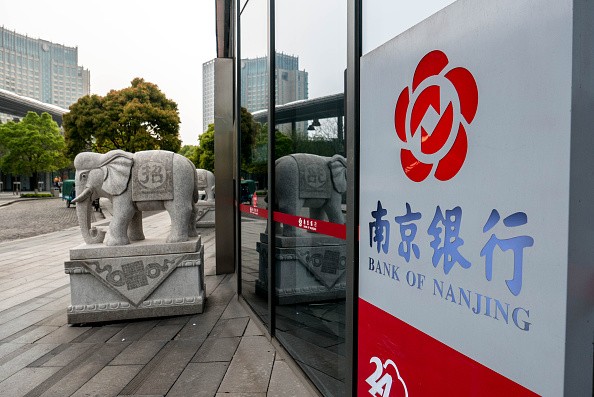A total of $2 trillion in loans are being hidden in 32 publicly traded banks in China, disguised as "investment receivable", as of June, up from $334 billion in 2011, according to information provided by Wind Information Co. to the Wall Street Journal.
According to the report, it is common practice among banks across China to label loans as "investment receivable," a loose category of assets wherein only a little or no capital is set aside for potential losses.
The report said that the loans were used to finance and support the slowing economy. The investments are now equal to 20 percent of the same bank's total loans in dollars, up from 6 percent in 2011. The 32 banks account for about 70 percent of all the banking assets in the country.
Bank executives and analysts, however, said that the strategy of structuring financing deal as investments instead of loans is common among small and midsize banks. It helps free up capital and makes it easier for banks to extend loan deadlines or give borrowers with new credit, they said.
The surge in investment receivables also resulted in the parallel rise in debts, in addition to increasing official debts, which is now two and a half times the gross domestic product (GDP).
"The rapid growth in banks' off-balance-sheet and investment activities, in essence, means hidden credit risks and could threaten financial safety," Shang Fulin, the country's top banking regulator, said in September.
The central bank disclosed that as much as $2.4 trillion (16.5 trillion yuan) was "missing" from credit last year, up from $712 billion (4.9 trillion yuan) in 2014. Economists explained that the discrepancy was caused by the so-called shadow lenders from commercial banks, which disguised the loans as investments.
Last month, the country's top banking regulatory agency proposed rules that would require financial institutions like banks to implement stricter accounting standards to investments that are basically loans.
UBS analyst Jason Bedford, however, said that banks would have to raise about $212 billion in capital, if they would be required to count investment receivables as loans, which is not far from the $216 billion raised by banks in 2015.
"We expect any capital impact on banks to be dragged out over years to avoid a shock to the system," the analyst said.
According to the report, some banks find it difficult to resist using the strategy as turning loans into investments has helped them to continue providing funds to troubled customers such property developers and financing companies established by the government that are in debt.
The report said that the practice continued because the government wants to make it easier for banks to compete based on interest rates. However, the profit that banks made from what they charge on loans and pay on deposit has been gradually reduced because of the practice.



























